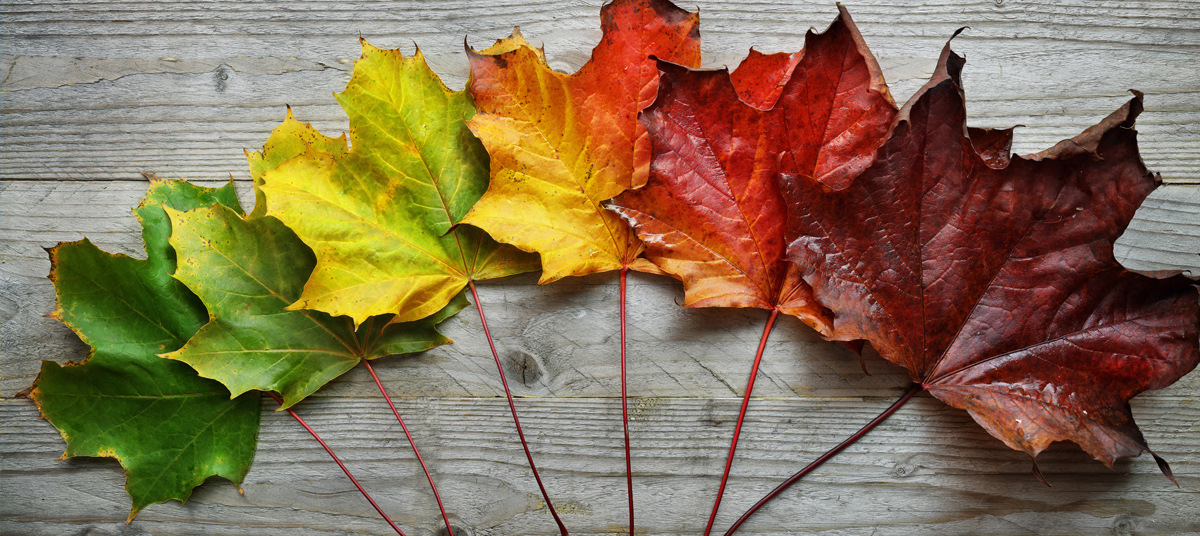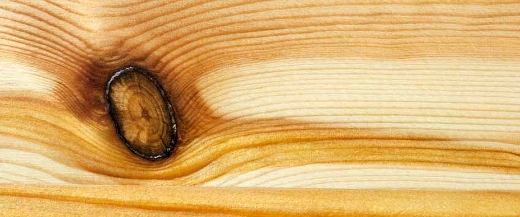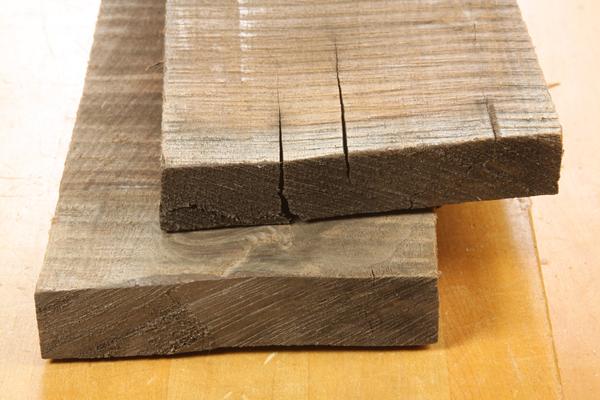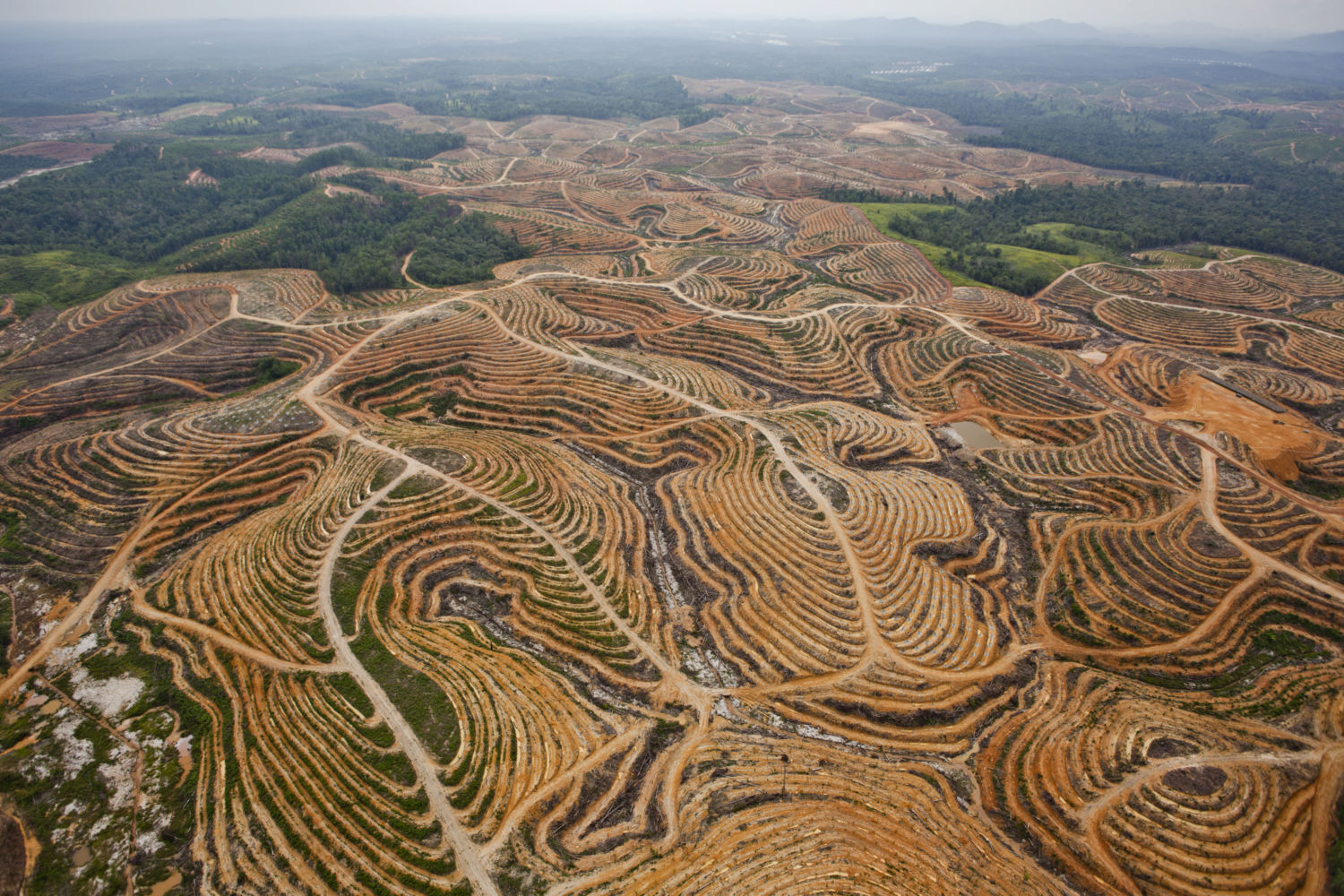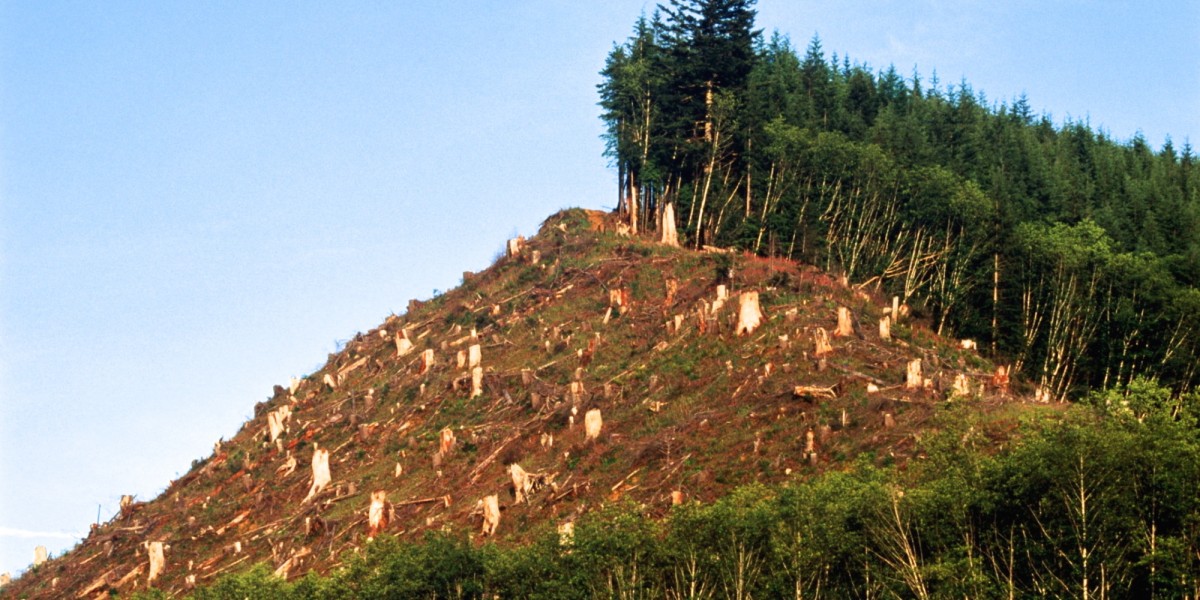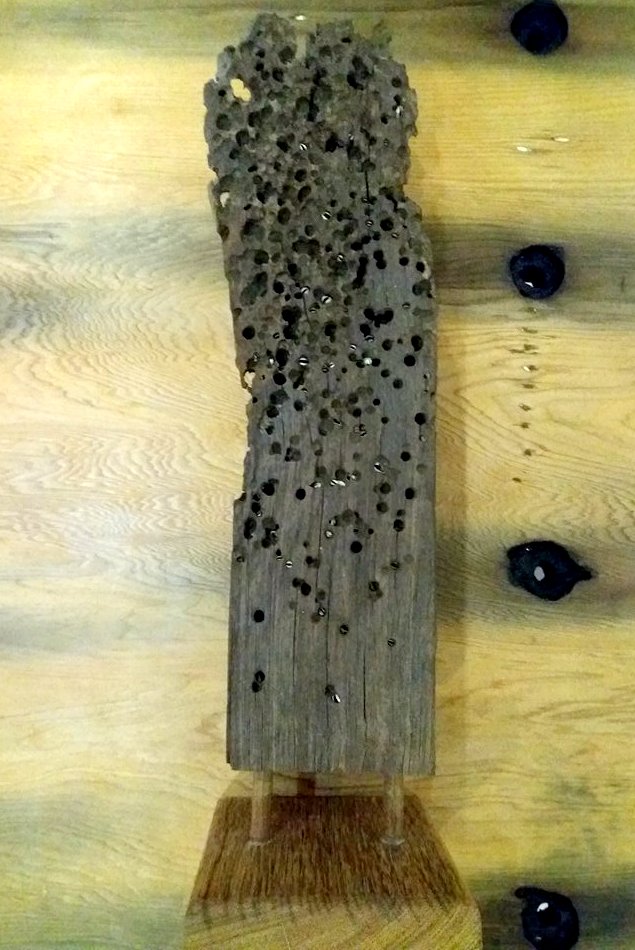In the United States and all over the globe, the most famous trees grown are the oak tree and the maple tree. While we are on the subject, these two trees are regarded as the world’s Mutt and Jeff in the hardwood flooring industry. These woods possess classic character and appearance, aesthetically fit for any type of home designs and structure, extremely durable, and suitable for an array of interior design tastes. Being grown domestically, they are also considered cost efficient and affordable.
Oak belongs to the Quercus family while Maple to the Acer family. Both woods are sold in hard and soft qualities depending on the needs. But Hardwood Oak and Maple for floorings are the bomb in the wood industry!
The crucial distinctions between the appearances of these classy hardwoods are the large markings and pores of the oak tree. You will immediately know that it is oak when you see it because of the large natural rings that run through the wood. On the other hand, the pores of the maple trees are so negligible to invisible. This gives the maple tree a smooth effect and texture. And in terms of appearance, it makes it more applicable to super gloss finishes.
Further, oak and maple trees both reacts effectively with antiquing system like hand-scraping, dyes, and can be paired both in engineered and solid products. Colors and pigments and different stain naturally settle into these woods and highlighting the beauty as well as their natural rings and grooves which is totally not distracting. Furthermore, Oak and Maple do have same characteristics. Being both durable and lightweight, these woods are mainly used not only in floors but also in cabinetry, balusters, bowling lanes, baseball bats, and other custom woodwork items. Oakwood is highly resistant to fungal and insect infestations. The Oak tree blooms in spring season while Maple blooms in late winter or early summer.
However, Oakwood is best recommended for properties that calls for a need to have it water-resistant or even decay resistant wood. Oakwood supplies a lot of options when talking about grain patterns. It will surely offer a classy look when paired with steels on a conventional-barn steel-wood design. Maple wood is lighter, cost efficient, and blends well with contemporary designs for indoor projects. Maple and oak can even last for more than a hundred years when maintained and treated properly. And the more they aged, the higher the value it will shell out to your property.
More often than not, these two species are great elements of a home especially when it is utilized and positioned properly. Either of the two when used will add value to your property. The only thing that you have to consider is to know your style and what will suit you. But hey, you can never go wrong with the Mutt and Jeff of Hardwood floors!
https://www.cherokeewood.com/maple-vs-oak-wood/
http://www.differencebetween.net/science/nature/difference-between-oak-and-maple/

